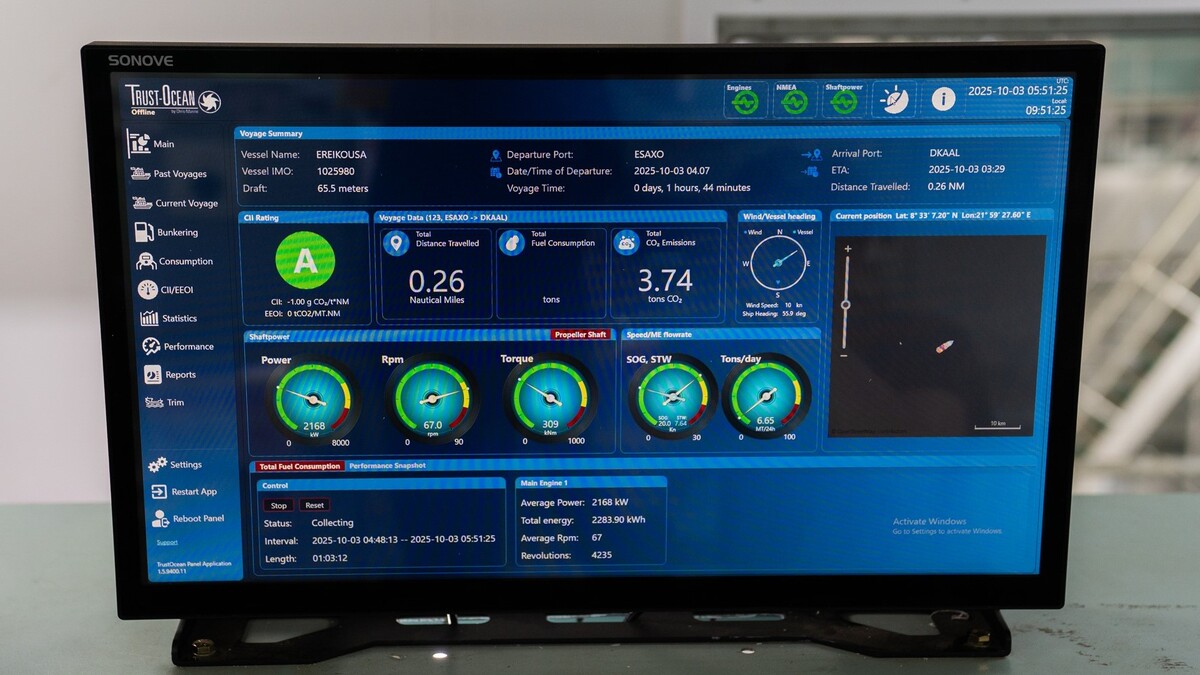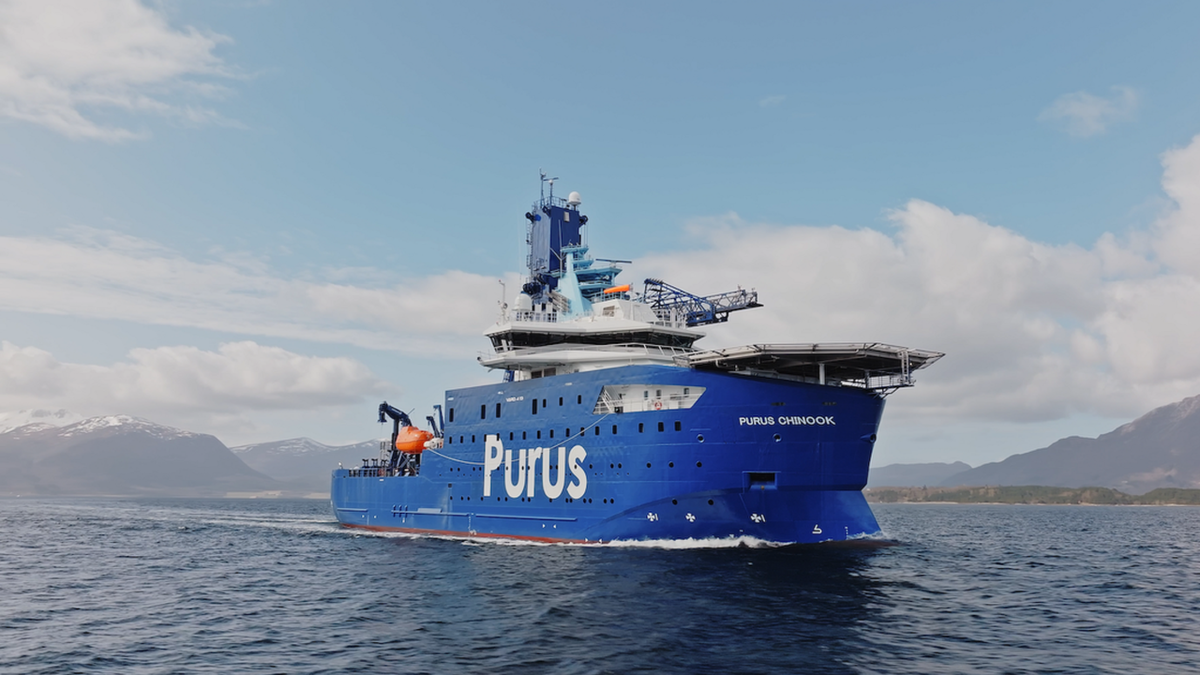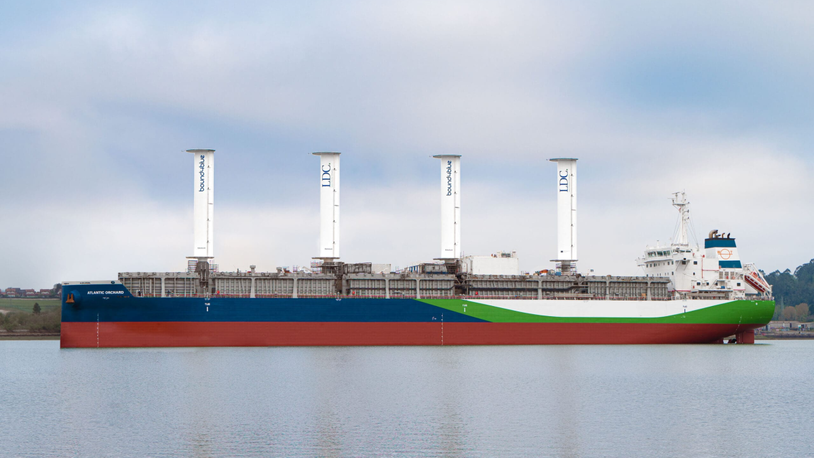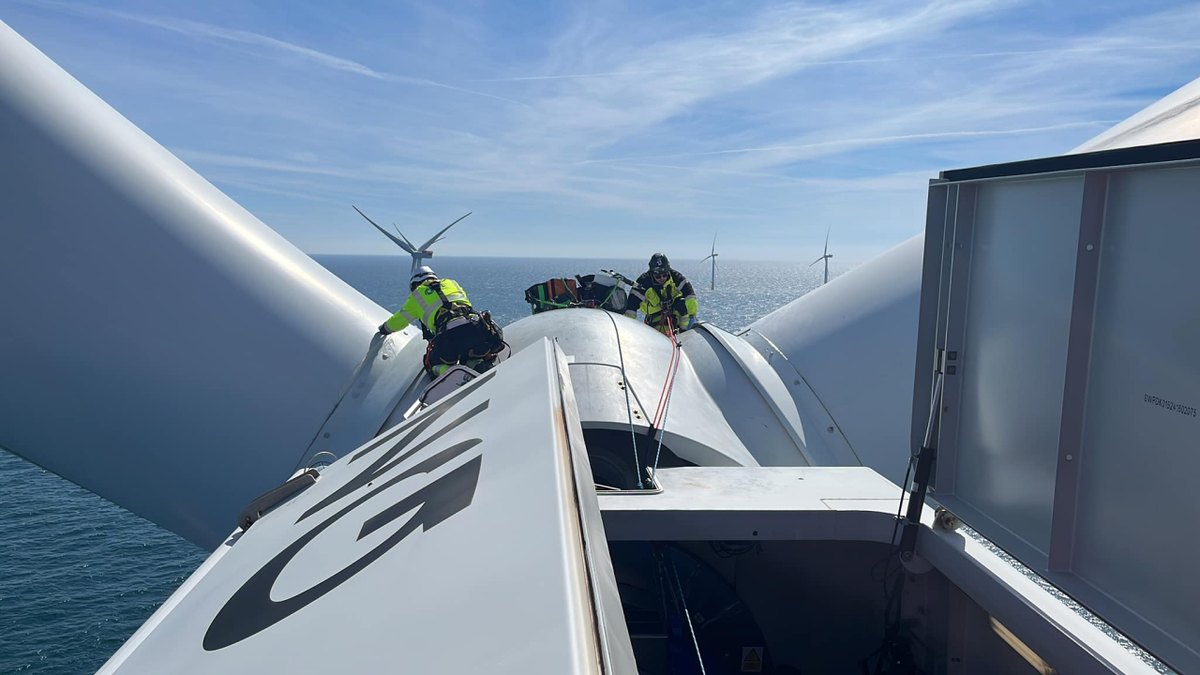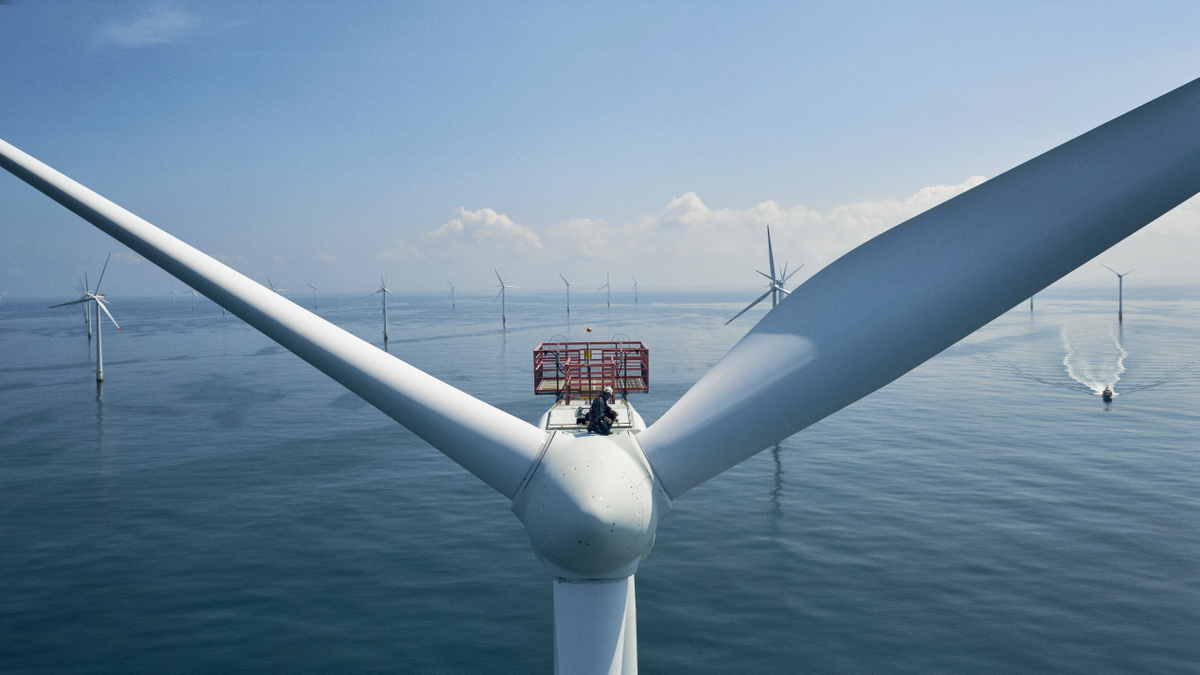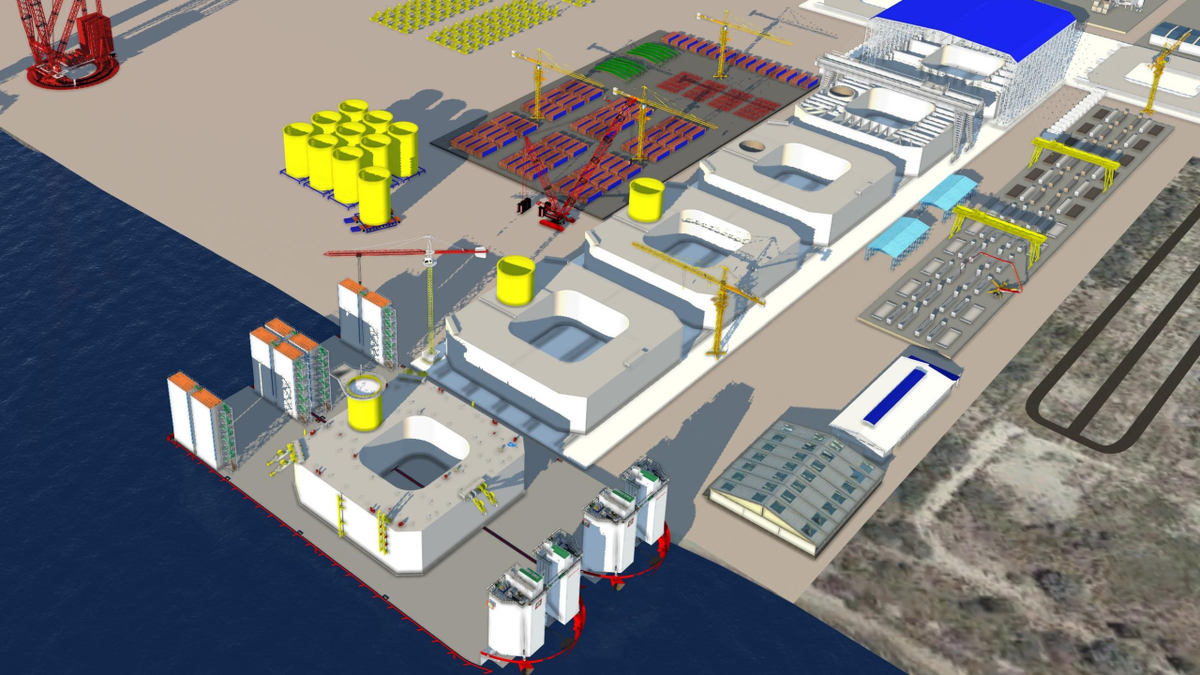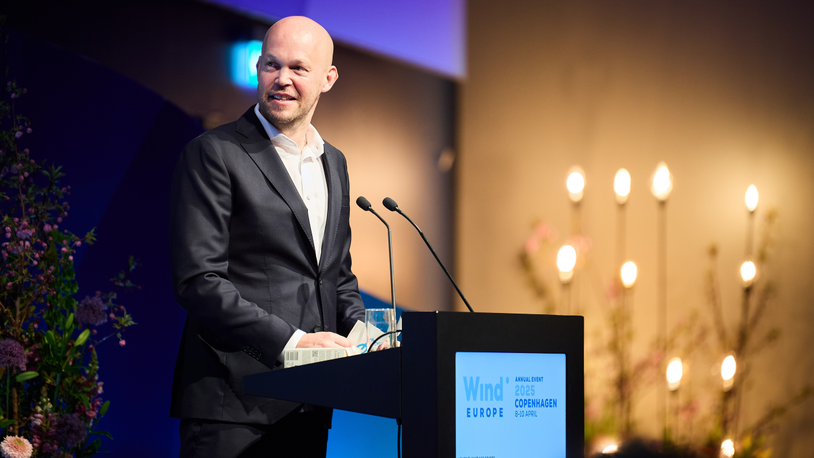Business Sectors
Contents
Register to read more articles.
Déjà vu: Danish offshore wind auction goes the same way as UK’s failed AR5
The Danish Energy Agency has confirmed it has not received any bids for Denmark’s largest ever offshore wind tender
The deadline for bids on the first 3 GW of Denmark’s 6-GW offshore wind plan expired on 5 December 2024 without any bids received for any of the three offshore windfarms in the North Sea that were put out to tender.
Denmark’s Minister for Climate, Energy and Utilities Lars Aagaard has asked the Danish Energy Agency to ‘engage in dialogue’ with the market to find out why there were no bids, given interest in the tender expressed by a number of companies during the market dialogue stage.
Industry leaders were quick to respond to the debacle, which is reminiscent of the UK’s failed Allocation Round 5 (AR5) under the contracts for difference (CfD) scheme, which failed to secure any new offshore wind bids due to what was widely perceived as a mismatch between government ambitions for offshore wind and the framework used in the auction.
Green Power Denmark chief executive Kristian Jensen said, “Today, we have written Danish energy history. Unfortunately, not the good kind. This is a huge disappointment for the wind industry and Denmark’s green ambitions.” Mr Jensen said the conditions set by the government in the Danish offshore wind tender, “Were not seen by investors as healthy business.” He said it was “an overriding disappointing, but unfortunately predictable result” because costs have risen due to inflation and rising commodity prices, and high interest rates had squeezed finances. “Politicians need to realise that wind turbines are not money trees. These are tools that will make us independent of fossil energy and hostile powers,” he said.
As highlighted recently by OWJ, Green Power Denmark has argued that Denmark needs to adopt a new strategy for the development of offshore windfarms post 2030, by which time domestic demand for electricity will be met almost entirely by wind energy and the export market will be most important. The Confederation of Danish Industry recently called on the government to adopt a two-sided contract for difference to support the construction of future offshore wind capacity.
WindEurope chief executive Giles Dickson said, “The failed Danish offshore wind auction was disappointing but sadly not surprising. Uncapped negative bidding is not a good system. It raises costs and risk. And it’s even harder when the bidders don’t know who’s going to be buying the energy they produce and how it will get to them. The Danish Government should switch to two-sided CfDs like nearly every other country in Europe and as the EU recommends.”
The Danish state misread the market, said a leading figure working for an early-stage developer who did not wish to be identified. “Based on the Thor offshore wind tender, when five bidders were willing to pay the maximum price to secure the right to develop 1 GW of offshore wind, a perception arose that the Danish state could generate substantial revenue from offshore wind tenders. As a result, the current government decided to impose extensive requirements on what developers had to pay for and, above all, how much they had to pay the Danish state for the right to establish a windfarm.
“To ensure the state received its share of any potential profits, the tender required the state to have a 20% ownership stake in each project and a ‘golden share’ for major decisions regarding investment and profit distribution. From Thor in 2022 to today, there have been fundamental changes in raw material prices, coupled with a significant increase in interest rates. As a result, the underlying conditions have shifted dramatically. Virtually all market players warned about this.”
Aegir Insights market analyst Europe Signe Tellier Christensen agreed that the result of the auction was not a big surprise. “The macroeconomics have changed significantly since the Thor tender, with higher interest rates, inflation and bottlenecks in the supply chain,” she told OWJ. “This, coupled with the fact that the bidding zone where the sites were to be connected has limited demand for additional electricity generation, translated into an expectation of low electricity prices.
“In addition to structural challenges, there were others, too,” she explained, citing an inflexible tender framework, with a very short timeline and high level of penalties for delays, extra costs such as the use of recyclable turbine blades and a lot of ambiguity and uncertainty, such as state co-ownership, which did not make it easier for offshore wind developers.
“Whether a successful re-tender can be achieved is hard to predict,” she said. “The ratio between risk and reward could be improved if some of the key risk factors are addressed, such as the strict timeline or the high capex inflicted by the auction framework.”
In a post on LinkedIn, Technical University of Denmark associate professor Claire Bergaentzlé said the failed auction was the result of “merchant exposure amid soaring raw material costs, heavy penalties for delayed grid connections which added financial risk, the cost burden for developers associated with the obligation to build the connection line, and the Danish government’s co-ownership rule, granting the state 20% of project value.”
In another post, Green Ducklings managing director Kristian Ascanius Jacobsen said the failed auction was a "turning point for the industry." He said the result isn’t just an anomaly, but “underlines the necessity to rethink auction regimes” and “decide if we are sincere in our commitment to transform our energy systems.” He said the zero bidding model “was initially seen as a great success… but now we are seeing the flipside of this ambition. In a market where costs continue to rise, the promise of zero-subsidy bids is facing a stark reality.”
BVG Associates managing director Bruce Valpy told OWJ, "The previous Danish auction, conducted back in 2021, resulted in several developers willing to receive no revenue from early generation as a way of effectively paying a concession fee for the right to sell power into the market for the rest of the lifetime of the project. RWE won through what many considered an unhelpful lottery between those that all bid as aggressively as they were allowed to.
“The main reason for lack of bids this time was due to increased costs across the supply chain, including increased cost of money, due to world events, meaning project developers did not have sufficient confidence that they could get a return from projects selling into the electricity market on a merchant basis in the same way.
“The problem is that the Danish Government has misjudged the market and expected developers would bid again this time, still paying for the right to sell power into the market. This is just like UK’s AR5 auction in 2023, where the UK Government set the ceiling price in the auction so low that no-one bid, because they could not be confident of sufficient return. It chose to address the reality of increased costs by raising the ceiling price in Round 6 and received competitive bids.
“There are different ways to address the Danish problem, but to get more capacity, it needs to increase certainty of revenue sufficiently to make it worth project developers taking the risk of developing such long-term industrial megaprojects.”
Fred Olsen Seawind EPC director Kasra Jamshidi told OWJ, “You are absolutely right. It really feels like a déjà vu after the UK’s AR5 misstep. The Danish government knew that the market had not improved since AR5 but decided to press ahead, requiring developers to not only bid for site rights through negative bidding but also accept 20% mandatory state ownership in each project.
“In effect,” he said, “this created a framework that was even worse than AR5, despite the fact that the market has not yet stabilised to the point where a developer can count on assumptions on turbine platform size and pricing, which accounts to some 40% of capex when bidding for a project.
“Add to this the absence of subsidies and the numbers didn’t stack up. Asking developers to bear all of the financial and regulatory burdens while the state demands equity without sharing the risk sends the wrong message. With the remaining 3 GW being auctioned in with an April 2025 deadline, Denmark needs to abandon the negative bidding approach and rethink the mandatory ownership model.
“Governments need to incentivise, not penalise, private sector investment, especially in a high-cost, high-risk industries like offshore wind. Subsidies, realistic strike prices and streamlined permitting processes are not just nice-to-haves, they’re essential. Denmark needs to quickly turn this around and create a framework in which developers are partners, rather than burdening them excessively. Offshore wind is too important to let these auctions fail again.”
Boston Consulting Group managing director and partner Esben Hegnsholt said remedies for the failed auction are well known. These include redefining auction design for healthier pricing and risk allocation; reliable and competitively priced energy export infrastructure; and a stable, predictable roll-out of tenders.
“This tender, alongside the notorious Thor lottery, demonstrates a worrying track record on national resources stewardship. The intrinsic capabilities in Denmark in offshore wind and power decarbonisation are high. We can do better and there is value to be had for the country, the climate and companies across the supply chain.”
Riviera’s Offshore Wind Journal Conference will be held in London, 3 February 2025. Click here to register for this industry-leading event.
Related to this Story
Events
International Bulk Shipping Conference 2025
Tankers 2030 Conference
Maritime Navigation Innovation Webinar Week
© 2024 Riviera Maritime Media Ltd.

